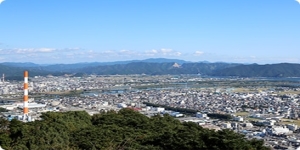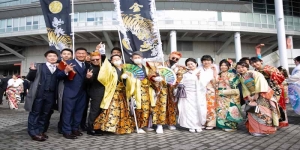Buddhism in Japan from Its Spreading to Today - First Part -
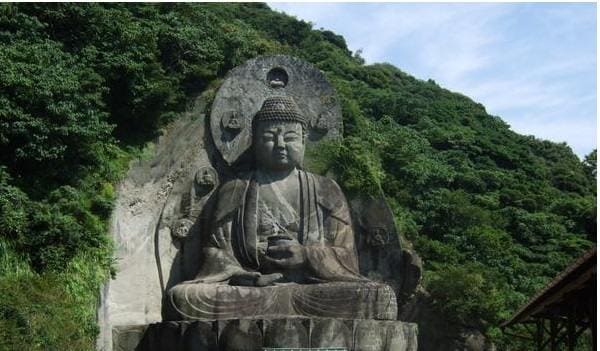
Its Spreading

The new, so to speak, religion, enriched by the concepts of Confucianism and Daoism, directly from China and through the Korean peninsula, landed in Japan. The earliest references to Buddhism in Japan are written in the Nihonshoki where it is said that the king of the Korean kingdom of Peakche sent to the Japanese Emperor, as a gift, a gold image of Sakyamuni, the Buddha, some sutras and other ritual objects.
Buddhism was immediately considered not only as a path of religion and therefore of salvation, but also, and above all, as an ideological expression of the most advanced Chinese society so many powerful aristocratic families, one above all the Soga cl 我 氏 clan, adopted it in their cultural practices within an economic and political strategy open to Chinese contacts and cultural influences.
The new religious course also led to a change in the architecture of the temples, the ujidera 氏 寺, at the time built in pure Chinese style that with their majesty could not better symbolize authority and prestige of the clan. But not all noble families were convinced of this change, and some of these, such as the Nakatomi 中 臣 氏 and the Mononobe 物 部 氏, strenuously defended the belief in the Kami against the new course of "foreigners".
Buddhism once arrived in Japan had to deal with very different religious experiences and obviously very deeply rooted, this created a certain discomfort in the population, not to say discontent and to restore balance to thought of the strategy of treading the familiar aspects of the new discourse of the sacred, so at this stage, the buddhas and bodhisattvas were venerated as kami and the Buddhist rites would give the population the opportunity to admire elaborate, sophisticated, majestic ceremonies that covered the new Buddhist divinities of mystery and power.
The new, so to speak, religion, enriched by the concepts of Confucianism and Daoism, directly from China and through the Korean peninsula, landed in Japan. The earliest references to Buddhism in Japan are written in the Nihonshoki where it is said that the king of the Korean kingdom of Peakche sent to the Japanese Emperor, as a gift, a gold image of Sakyamuni, the Buddha, some sutras and other ritual objects.
Despite all this, things turned out to be more difficult than expected given that the Buddha's teaching brought radically different conceptions and a philosophy much more sophisticated than what was the native belief of Japanese, since it opened new visions of what was thought of the illusory in existence, on the meaning of pain and death, and to understand them to the end and then accept them was not at all easy.
The first signs of an improvement in the acceptance of the new religion occurred around the seventh century thanks to the hijiri 聖, itinerant ascetics, and the ubasoku 優婆塞, the renunciates of the mountains, who in their religious experiences combined in a way free from prejudices ideas, meditations and rites of Buddhism with the ancient kami cults.
With the ecstatic techniques and practical Daoist meditations, these monks, with the way of being transgressive that distinguishes every ascetic tradition, gave way to the acceptance of the novelty that then became more effective during the medieval period.

Kyujitai大佛, Todai-ji東大寺, Nara奈良市
The central point of the spread of Buddhism was certainly the building of shrines-temples, the Jinguji 神宮 寺. This type of temple was built especially during the Nara period where a complex system of cults was performed that integrated those dedicated to the Gods and those dedicated to Buddha, also in order to protect the state, chingokokka 鎮 護 国家, namely the imperial dynasty and noble families. For example, the Kasuga shrine 春日 大 社, is dedicated to the Kami cult of the Fujiwara 藤原 氏 clan, while the Buddhist temple Kofukuji 藤原 氏 is for the veneration of the ancestors always of the Fujiwara 藤原 氏, and both stand near Nara exactly in the period in which the Fujiwara family was conquering positions of power in the imperial court.
The action of Prince Shotoku, the Taika 大化 の 改 新 reform, and following the Taiho 大 宝 律令 code meant that Buddhism no longer had any obstacles to its diffusion and was definitively accepted as a new religious course, but it also led, between 672 and 724, to the issuing of a law of the court for the control of the monastic communities putting them under the direct control of an Imperial Office, the Sogo, and taking them away from the control of noble families, and principally to the Soga.
So the temple of Asukadera 飛鳥 寺, which was their symbol, after their military defeat was confiscated and reclassified with the new name of Gangoji 元 興 寺 and was placed under the imperial aegis. Subsequently, national temples such as Kawaradera 川 原 寺, Sufukuji 崇 福寺 and Yakushiji 薬 師 寺 were built one after the other by the various emperors who succeeded by rivaling in size and magnificence with those of the clans.
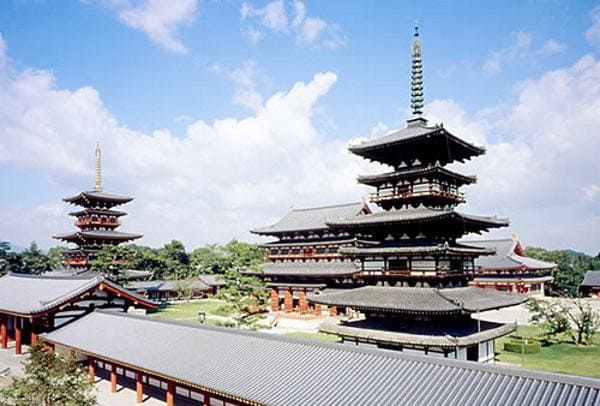
Yakushiji 薬師寺 Nara
Buddhism in Japan at this point of the events proceeded along with the construction of a centralized state contributing decisively to its legitimacy so that the emperor Tenmu ordered that in all the noble palaces a Buddhist chapel was built there and containing texts and sacred images .
Emperor Shomu ordered that in every province of the country an Imperial Temple was built, kokubunji 国 分 寺, this hierarchy of Buddhist temples led, at the end of the 8th century, to the practice of official rites, jingisaishi 神祇 儀礼, modeled on what it was the tradition of the Tang Chinese dynasty, the empress Jito had in all these temples deliver copies of two sacred texts, the Konkomyokyo 金光明 經 and the Ninnohannyakyo 仁王 般若 經, ordering that they be revered and recited the first month of each year. These imperial decisions led to the creation of a bond of mutual salvation between the monks and the people, given that the Sutras announced that if they had been venerated and recited with their rites by the monks and if they had been heard with faith by the people, the Buddha and the Four Kings Deva, the guardians of the world, would bring liberation from every affliction protecting the sovereign and giving prosperity to the country.
But this new situation, having adopted the ritualistic thought and practice of Buddhism that would have legitimized the absolute power of the Emperor as a political and religious summit of a unified state, began the new imperial strategy for the control of the monasteries that would have had to undergo the appointment of the abbots and administrators directly from the Imperial Court and would have been held to account for their conduct and the life of the monastic community directly to the sovereign and to the Ministry of Cult.

Part of the text of Sutra Konkomyokyo 金光明經
The monks of the new religious course were tempted to tame, so to speak, the diversity that constituted the faith in the Kami and then assimilate it into their own doctrinal system even if they saw this faith, the Kami, as a lower religion, because, unlike of Buddhism, they were gods still prisoners of rebirths and therefore violent and unpredictable. Getting to the point of a reinterpretation of the possession of the shaman who was talking with the divinity as a lament that the divinity emitted for his discomfort with the desire to acquire the knowledge of Dharma and thus reach enlightenment.
So in the shrine-temples Buddhist monks would read the sutras and pray for the kami in the Buddhist liturgical style making these divinities peaceful and benevolent, at this point it seemed that everything was decided but happened something completely unexpected. The Kami, became tutelary deities of Buddhist communities, this situation questioned the absolute sovereignty of Buddhism.
In the eighth century in the Sanctuary dedicated to the God Hachiman 八 幡 in Usa in the north-east of Kyushu, a new religious vision developed from an oracle that the divinity would deliver and that spoke of the completion of the great Buddha statue of Todaiji 東大寺 a Nara I begin to be venerated as Yakushi nyorai 薬 師 如 来 the king of the herbs and strenuous defender of the doctrine as well as protector of the powerful family Minamoto 源氏. This situation marked a new phase in which the two Ways, Kami and Buddha, began to recognize themselves as positive otherness and to feel, in their mutual differences, reasons for inspiration and enrichment of their faith.
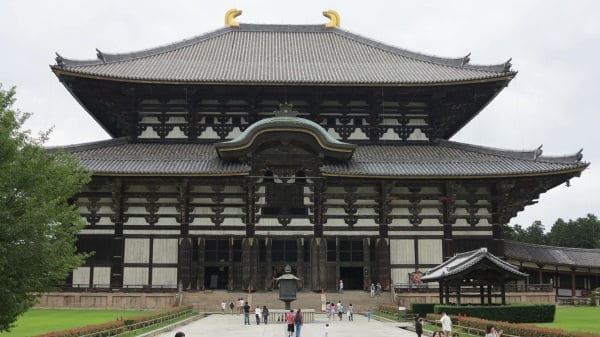
Todaiji 東大寺, Nara
Go to read the second part of "Buddhism in Japan from its diffusion to Today" so you can have the whole story available.

 English (United Kingdom)
English (United Kingdom)  Italiano (it-IT)
Italiano (it-IT) 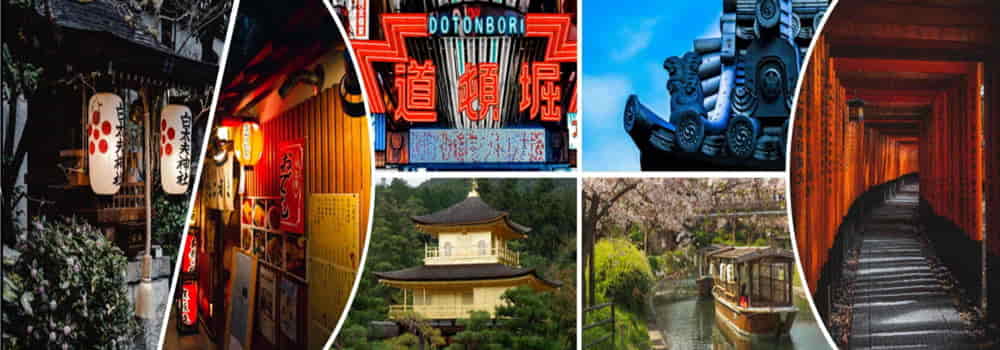
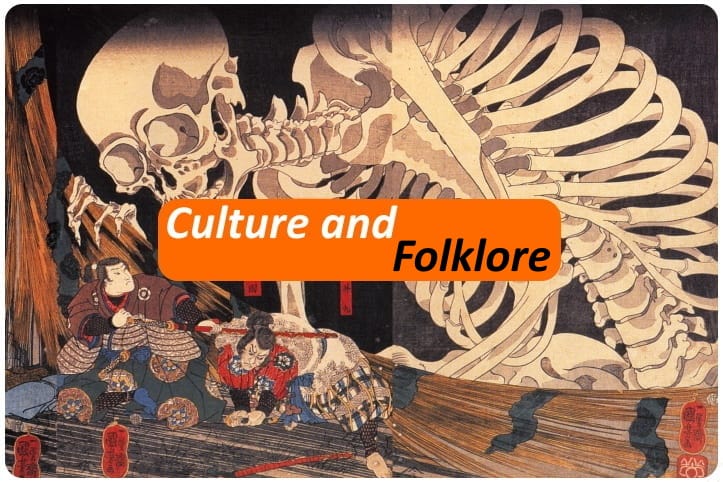
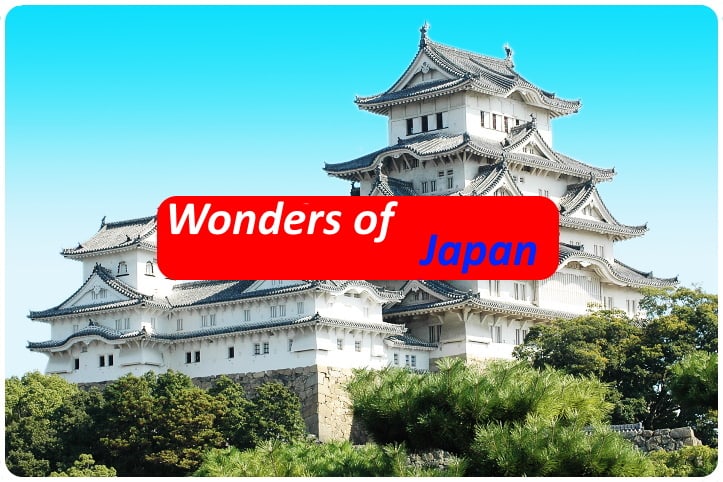




![[Review] Princess Toyotomiプリンセス トヨトミ](https://www.fukainihon.org//cache/mod_jt_contentslider/fdfb524f85518b9476158c79c8ea022f_328.png)
